Peruvian Pisco and Hacienda La Caravedo
During a recent trip to Peru, Beautiful Booze had the pleasure of visiting Hacienda La Caravedo in Ica, which began its production of Pisco in 1684 and is recorded as the oldest distillery operation in the Americas. Under the brand name of Pisco Portón, they continue to produce the most awarded Pisco in Peru, and although we thought we knew a little something about Pisco we absorbed so much more from our guide and wanted to share our newly acquired wealth of knowledge with you. Pisco was always on the back bar of every bar you visited but was never in the spotlight and rarely would a bartender know how to properly utilize it until sometime around 2010 when a new generation of bartenders started experimenting with and educating themselves on products that were all but forgotten. Since then an influx of better quality Pisco has made its way to the shores of the US and we are now seeing it utilized elegantly in all new cocktails and of course in a variety of elevated Pisco Sours.
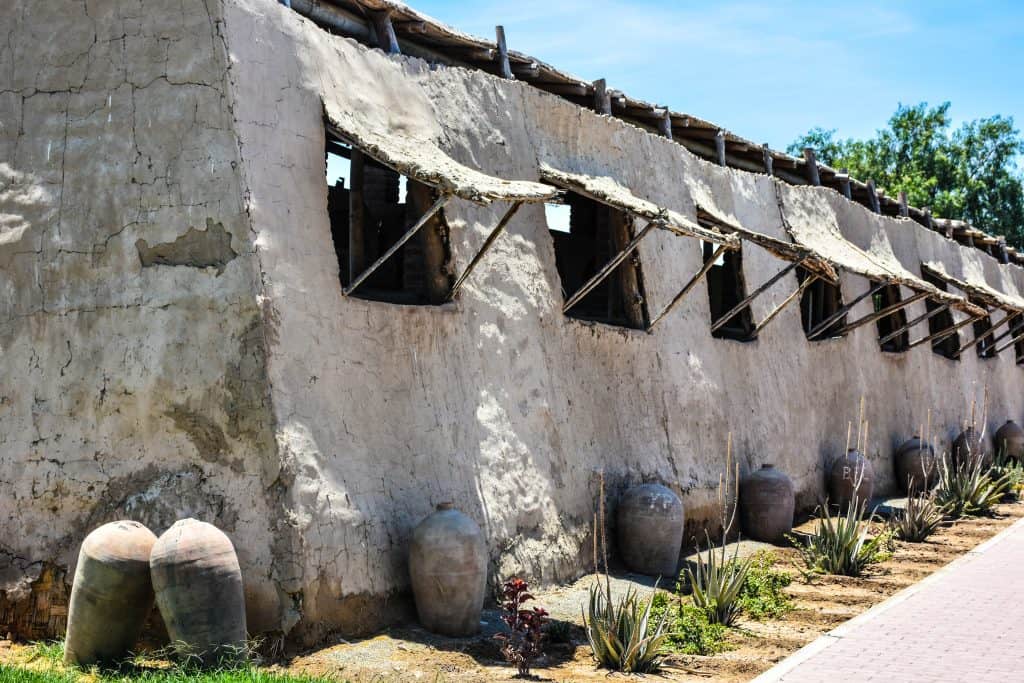
Peruvian Pisco has certainly had its struggles through the years and at times the production was almost completely halted; such as the 1687 earthquake that destroyed some of the most prominent cities where Pisco is produced and later in the 19th century when the cotton became such a valued commodity that many vineyards uprooted their grape vines and replaced them with cotton trees. In fact, the first written record of Pisco being shipped to the US was during this time in 1830 and was received in San Francisco, CA. The demand for Pisco has risen and fallen over the years but is now at its height of popularity and only looking to expand further over the next few years.
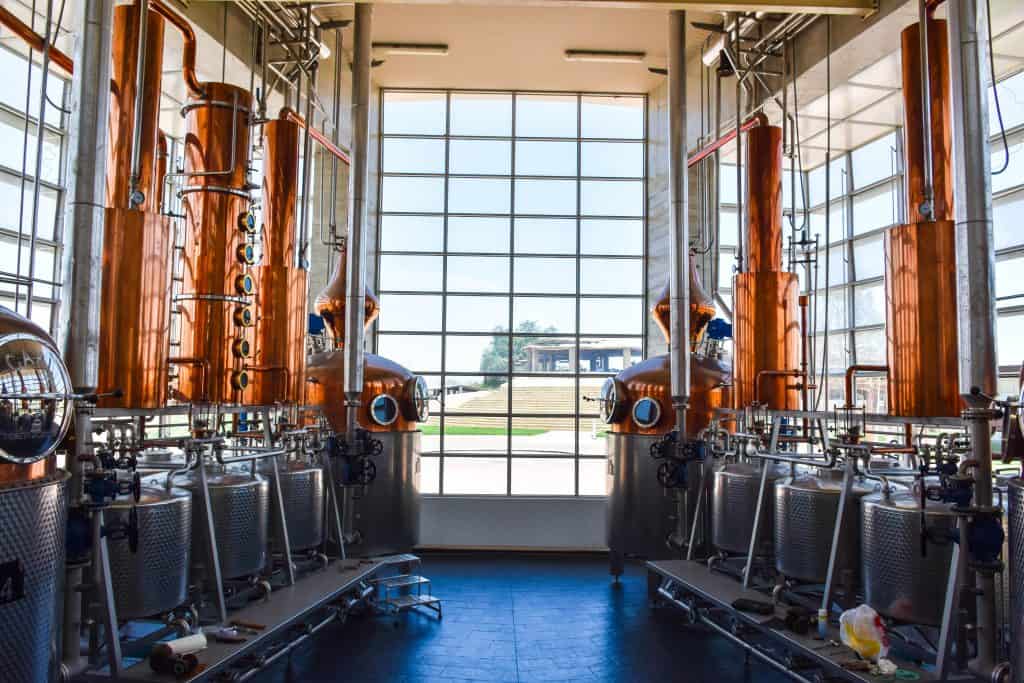
Our tour began with a walk through the Pisco Portón grape galley; here they have the 8 different varieties of grape used in Pisco production on display and a little explanation about the profile of each and what they offer of which Pisco Portón only uses 7. The most highly regarded style of Pisco production is the Mosto Verde style where the master distiller will disrupt the fermentation process before all the sugars are transformed, allowing an end product with a richer flavor and silkier mouth feel. This isn’t the only difference between the styles of Pisco but it is certainly the most necessary, in fact, the Mosto Verde requires 18 pounds of grapes; which is approximately 40% more than other varieties.
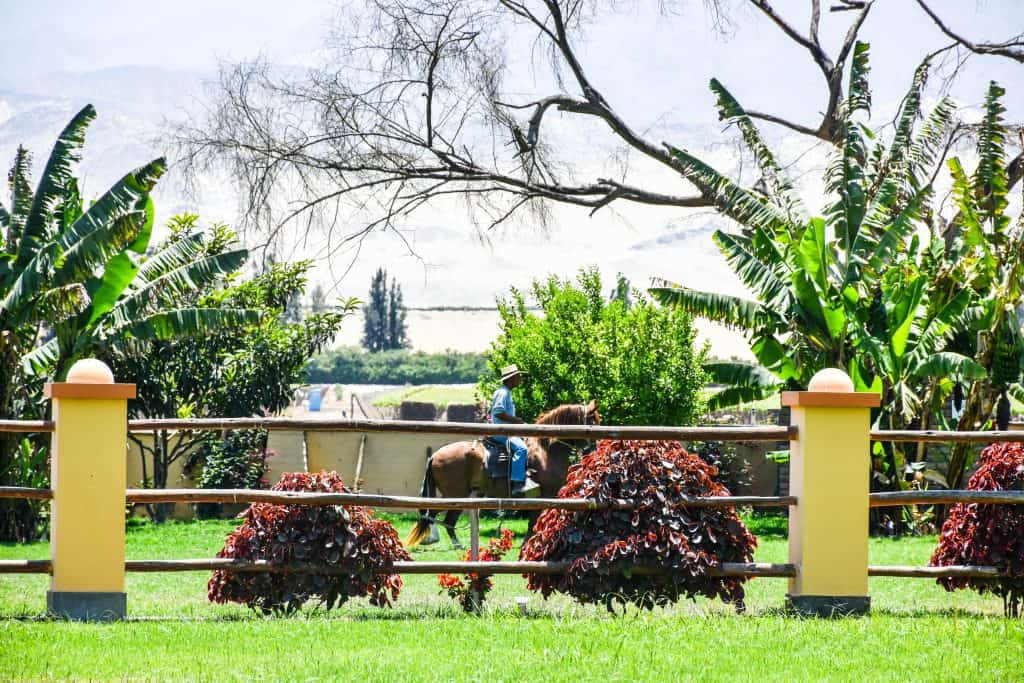
At the Hacienda La Caravedo, it is amazing to see the equipment from the distilleries establishment in 1684, most remarkable of these was the original Huarango Usillo; a huge 2-tonne wooden circular grape press that is still used in the production of Pisco Portón today. The average Pisco is aged for 3 months but here they attribute a lot of their success to the extended aging of their product; resting the Pisco for 1 year in special concrete containers they call Cubas de Guardia, roughly translated as “guarding vats”. Regulation dictates that Pisco can only be distilled once and one of my favorite facts is that it is distilled precisely to bottle proof; meaning no water can be added to dilute the final product before it goes onto the shelves for us to enjoy.
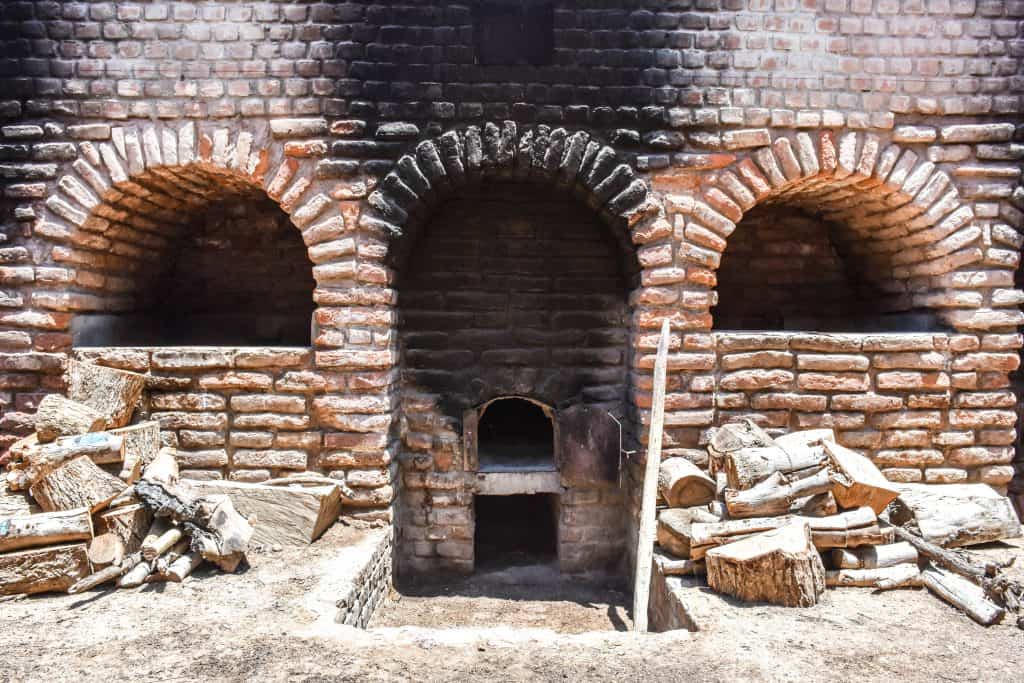
At Pisco Portón they also create the more cocktail-friendly Acholado, a blend of Quebrada, torontel, and Italia that is distilled to 86 proof and is used primarily for mixing. This is more like the Pisco you would be familiar with and is a great blend with lots of depth and character to be added to any cocktail you intend to use it in. Pisco is most commonly known for the Pisco Sour which was created by American Victor Morris in 1916 when he opened the now-famous Morris Bar in Lima but of course, can be substituted for any other white spirit if you want to experiment at home.
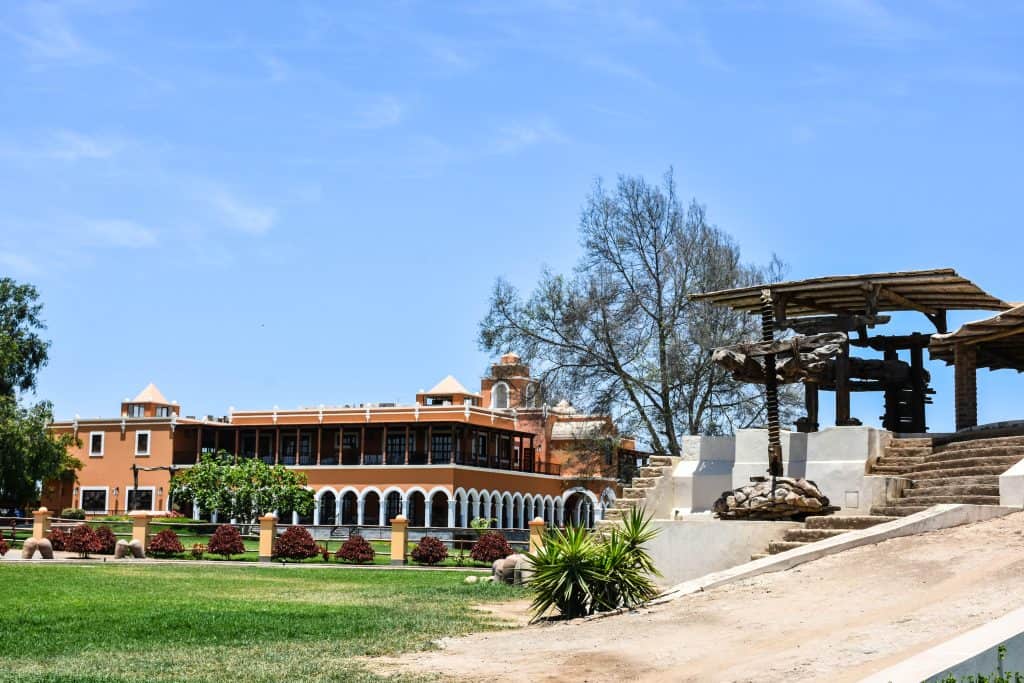
Unfortunately, due to import regulations in the US, there are only four expressions currently available. The best of these is the Portón Mosto Verde (Acholado), which is a blend of four expressions crafted using the Mosto Verde production method, and the Portón Acholado which uses the full fermentation method of 3 grape varieties. We did not have the pleasure of sampling these but after some substantial tasting pours of the 8 expressions available in Peru with a single expression Mosto Verdes of all 7 grapes and 1 Acholado, I’m not sure we would have survived. If you ever do know someone visiting Peru I highly recommend asking him or her to bring you back some Mosto Verde Italia or Quebranta as these were our favorite expressions.
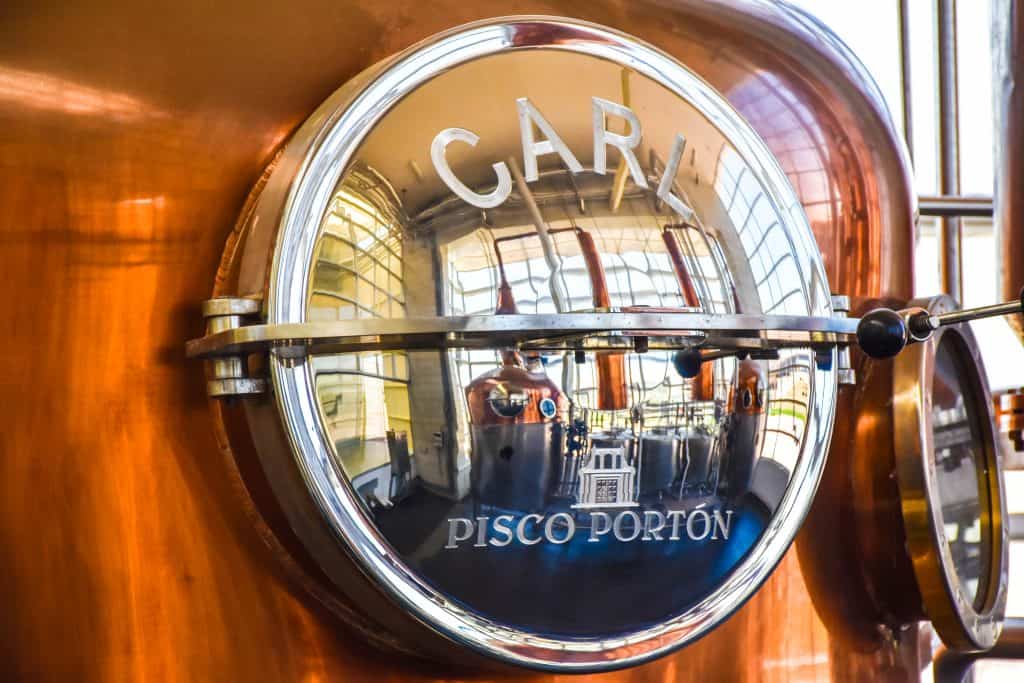
Top 10 Material Highlights of Pisco:
• The Hacienda La Caravedo is the oldest distillery in the Americas beginning production in 1684.
• In the 19th century many Pisco vineyards replaced their grapes with cotton trees.
• There are 8 different species of grape allowed in the production of Pisco.
• Mosto Verde is produced by disrupting the fermentation process and retaining sugars in the distillate.
• Mosto Verde is produced using 18 pounds of grapes per bottle in comparison to the 8 pounds used for the Acholado.
• Pisco Portón still uses the original grape press apparatus from 1684.
• Pisco Portón ages all of its Pisco for a minimum of 1 year.
• Pisco can only be distilled once.
• Pisco is distilled to bottling proof.
• The Pisco Sour was first created in 1916 by Victor Morris in Lima.








